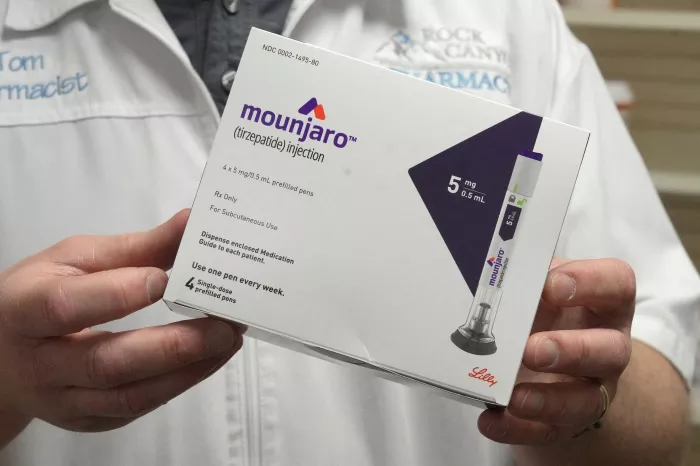Introduction:
Scars are a common occurrence after injuries, surgeries, or skin conditions such as acne. While scars are a natural part of the healing process, they can be a source of concern for many people, especially if they are in visible areas of the body. Scar removal creams are a popular option for reducing the appearance of scars, but many people wonder whether they really work. In this article, we will explore the science behind scar removal creams, the factors that can influence their effectiveness, and alternative treatments for scars.
The Science Behind Scar Removal Creams
Scar removal creams typically contain a combination of ingredients designed to promote healthy healing and reduce inflammation. These ingredients may include:
Silicone: Silicone is a common ingredient in scar removal creams because it helps to create a protective barrier over the scar. This can help to reduce inflammation and minimize the risk of infection.
Vitamin E: Vitamin E is believed to promote healthy healing and reduce inflammation. It is often included in scar removal creams to help minimize the appearance of scars.
Onion extract: Onion extract has been shown to promote collagen production, which can help to reduce the appearance of scars. It is often included in scar removal creams to help promote healthy healing.
Hydroquinone: Hydroquinone is a skin-lightening agent that can help to reduce the appearance of scars. It is often included in scar removal creams to help minimize the appearance of dark scars.
While the ingredients in scar removal creams may be beneficial for promoting healthy healing and reducing inflammation, it is important to note that the effectiveness of these creams can vary depending on the individual and the type of scar.
Factors That Can Influence the Effectiveness of Scar Removal Creams
There are several factors that can influence the effectiveness of scar removal creams. These include:
Age of the scar: Scar removal creams are typically most effective on new scars, as these scars are still in the healing process. Older scars may be more difficult to treat with topical creams.
Type of scar: Scar removal creams may be more effective on certain types of scars, such as those caused by acne or minor injuries. Scars caused by more severe injuries or surgeries may be more difficult to treat with topical creams.
Severity of the scar: The severity of the scar can also influence the effectiveness of scar removal creams. Deep scars may be more difficult to treat with topical creams than superficial scars.
Consistency of use: Scar removal creams must be used consistently over a period of time to be effective. Failure to use the cream as directed can reduce its effectiveness.
Overall health: The overall health of the individual can also influence the effectiveness of scar removal creams. Individuals with healthy skin may be more likely to see results from topical creams than those with underlying health conditions.
Alternative Scar Removal Treatments
While scar removal creams may be effective for some individuals, there are several alternative treatments available for those who do not see results from topical creams. These include:
Laser therapy: Laser therapy can be used to reduce the appearance of scars by stimulating collagen production and promoting healthy tissue growth.
Chemical peels: Chemical peels can be used to remove the top layer of skin, which can help to reduce the appearance of scars.
Surgery: In some cases, surgery may be necessary to remove the scar tissue and promote healthy healing.
Injections: Injections of steroids or other medications may be used to reduce the appearance of scars.
Microneedling: Microneedling involves the use of a device that creates tiny punctures in the skin. This can help to stimulate collagen production and promote healthy tissue growth, which can help to reduce the appearance of scars.
Cryotherapy: Cryotherapy involves the use of extreme cold to freeze and destroy scar tissue. This can help to reduce the appearance of scars and promote healthy healing.
Conclusion:
Scars can be a source of concern for many people, and scar removal creams are a popular option for minimizing their appearance. While these creams may be effective for some individuals, their effectiveness can vary depending on the age, type, and severity of the scar, as well as the consistency of use and overall health of the individual. For those who do not see results from topical creams, there are several alternative treatments available, including laser therapy, chemical peels, surgery, injections, microneedling, and cryotherapy. It is important to talk to a healthcare provider about the best approach for treating scars based on individual circumstances. With proper care and attention, scars can be minimized and healthy healing can be promoted.
[inline_related_posts title=”You Might Be Interested In” title_align=”left” style=”list” number=”6″ align=”none” ids=”4104,4074,4072″ by=”categories” orderby=”rand” order=”DESC” hide_thumb=”no” thumb_right=”no” views=”no” date=”yes” grid_columns=”2″ post_type=”” tax=””]

































